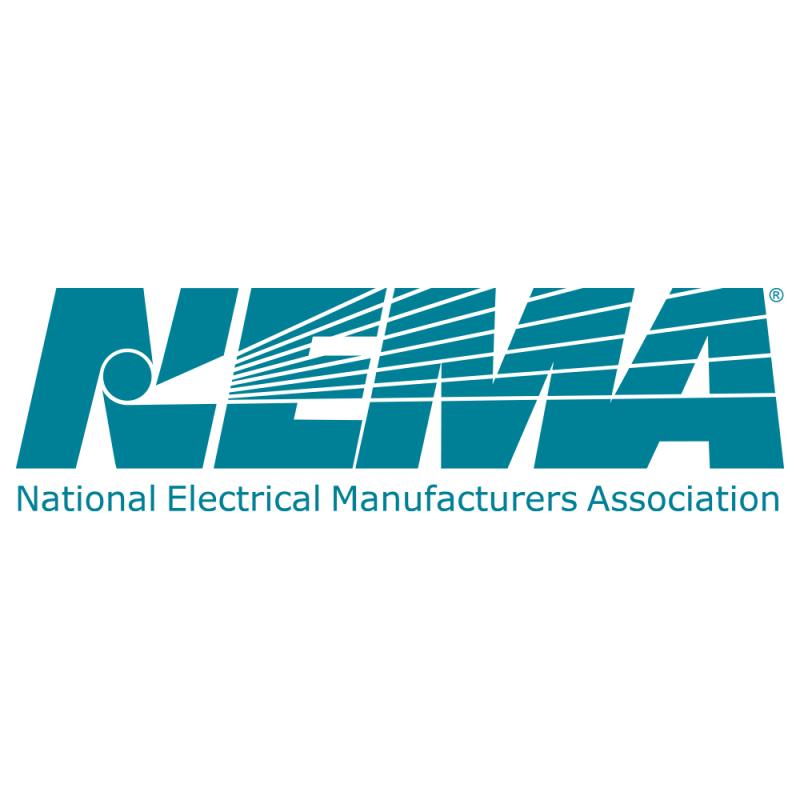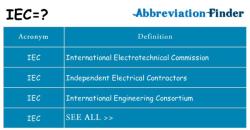What are NEMA standards?
NEMA stands for the National Electrical Manufacturers Association, and it is an organization based in the United States that develops and publishes standards for the electrical manufacturing industry. NEMA standards provide guidelines and specifications for the design, manufacturing, testing, and application of electrical equipment and systems. These standards aim to ensure compatibility, safety, and efficiency in the electrical products used across various industries.
Key aspects covered by NEMA standards include:
Product Specifications:
- NEMA standards define technical specifications and performance criteria for various electrical products, such as motors, cables, connectors, enclosures, and lighting systems.
Safety Guidelines:
- NEMA standards often include safety guidelines to protect users, installers, and maintenance personnel. Compliance with these guidelines helps minimize electrical hazards and ensures the safe operation of electrical equipment.
Interoperability:
- Standards developed by NEMA may address interoperability issues, promoting compatibility and seamless integration between different manufacturers' products. This is crucial for the functionality and efficiency of electrical systems.
Testing and Performance Verification:
- NEMA standards provide testing procedures and performance criteria to assess the quality and reliability of electrical products. This helps manufacturers and users ensure that products meet established standards.
Environmental Considerations:
- Some NEMA standards address environmental aspects, such as energy efficiency and sustainability. These considerations become increasingly important in modern electrical and electronic devices.
Installation and Maintenance Guidelines:
- NEMA standards may include recommendations for the installation, operation, and maintenance of electrical equipment. This helps ensure that products are used correctly and maintained for optimal performance and safety.
Code Compliance:
- NEMA standards often align with relevant electrical codes and regulations, such as the National Electrical Code (NEC) in the United States. Adherence to these standards helps manufacturers and users comply with legal and regulatory requirements.
Labeling and Marking:
- NEMA standards may specify labeling and marking requirements for electrical products. Clear and standardized labeling helps users identify product features, specifications, and safety information.
Examples of specific NEMA standards include NEMA MG 1 (Motors and Generators), NEMA 250 (Enclosures for Electrical Equipment), and NEMA SSL 7A (Qualification Testing of LED Lamps, Engines, and Luminaires). These standards cover a wide range of electrical products and systems.
When working with electrical equipment in the United States, it is common for engineers, manufacturers, and installers to refer to and comply with NEMA standards to ensure the safety, reliability, and compatibility of electrical systems.
What are the standards outlined by NEMA?
The National Electrical Manufacturers Association (NEMA) publishes a wide range of standards that cover various aspects of electrical equipment and systems. These standards promote safety, efficiency, reliability, and interoperability of electrical products used in various industries. Here are some of the key areas covered by NEMA standards:
Motors and Generators:
- MG 1: Standard for Motors and Generators. This standard covers motor performance, ratings, testing, and construction.
- MG 2: Standard for AC Adjustable Speed Drives. This standard covers the performance, testing, and construction of adjustable speed drives for AC motors.
- MG 10: Standard for Dimensions of Motors. This standard covers the dimensional specifications for various types of motors.
Industrial Control and Systems:
- ICS 1: Standard for Industrial Control and Systems General Requirements. This standard covers general requirements for safety, electrical performance, and environmental considerations for industrial control equipment.
- ICS 2: Standard for Industrial Control and Systems Controllers, Contactors, and Overload Relays. This standard covers specific requirements for these types of control equipment.
- ICS 3: Standard for Industrial Control and Systems Enclosures. This standard covers the design, construction, and testing of enclosures for industrial control equipment.
Electrical Enclosures:
- 250: Standard for Enclosures for Electrical Equipment (1000 Volts Maximum). This standard covers the design, construction, and testing of enclosures for various types of electrical equipment.
- X3: Standard for Safety Requirements for Industrial Automation and Control Systems. This standard focuses on safety aspects of industrial automation systems.
Transportation:
- TS 1: Standard for Traffic Signal Controllers. This standard covers the requirements for traffic signal controllers used in road traffic management systems.
- TS 2: Standard for Traffic Controller Assemblies with NTCIP Requirements. This standard covers the requirements for traffic controller assemblies that communicate with other systems using the National Transportation Communications for Intelligent Transportation Systems (NTCIP) protocol.
- TS 4: Standard for Hardware Standards for Dynamic Message Signs (DMS) with NTCIP Requirements. This standard covers the hardware requirements for dynamic message signs used in traffic management systems.
Other Standards:
- LD 1: Standard for Lighting Equipment and Accessories. This standard covers the performance and testing of lighting equipment.
- WD 6: Standard for Wire and Cable. This standard covers the specifications for various types of electrical wire and cable.
This is not an exhaustive list, and NEMA publishes hundreds of other standards covering various aspects of the electrical industry. You can find a complete list of NEMA standards on their website: https://www.nema.org/standards/
It's important to note that NEMA standards are voluntary, but they are widely adopted by manufacturers and users of electrical equipment. Conformance to NEMA standards helps ensure the safety, reliability, and interoperability of electrical products, which is crucial for the efficient operation of electrical systems.



